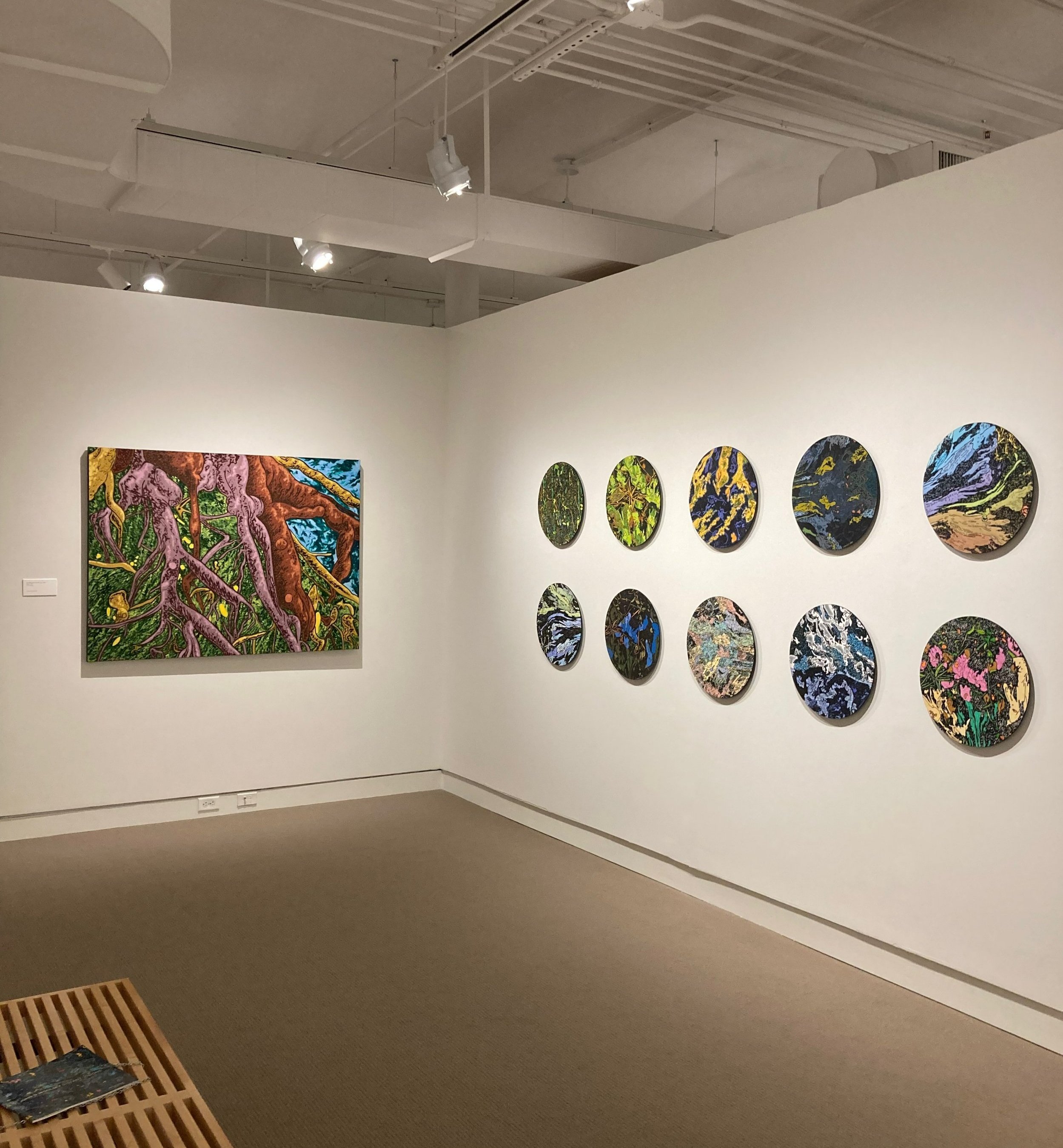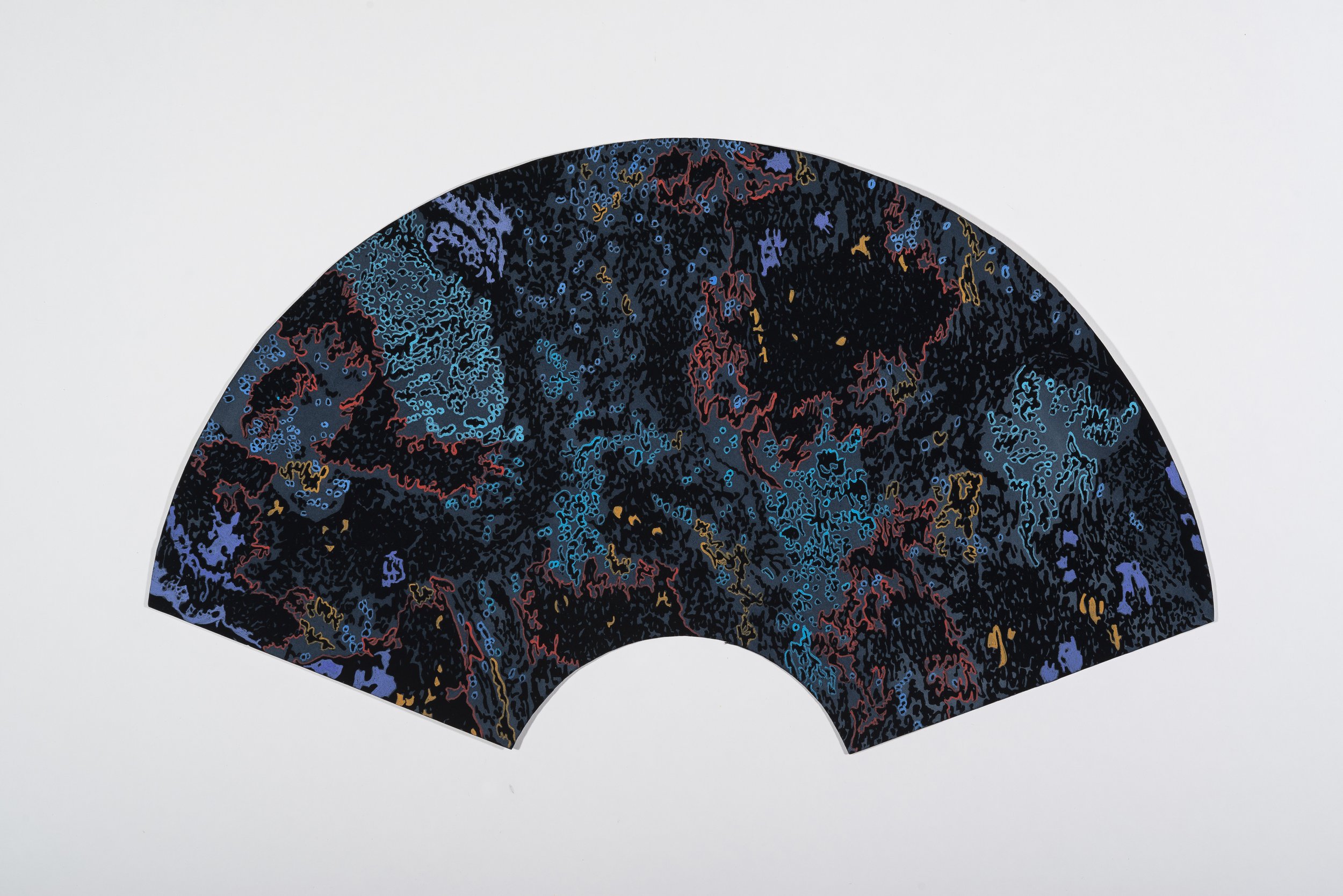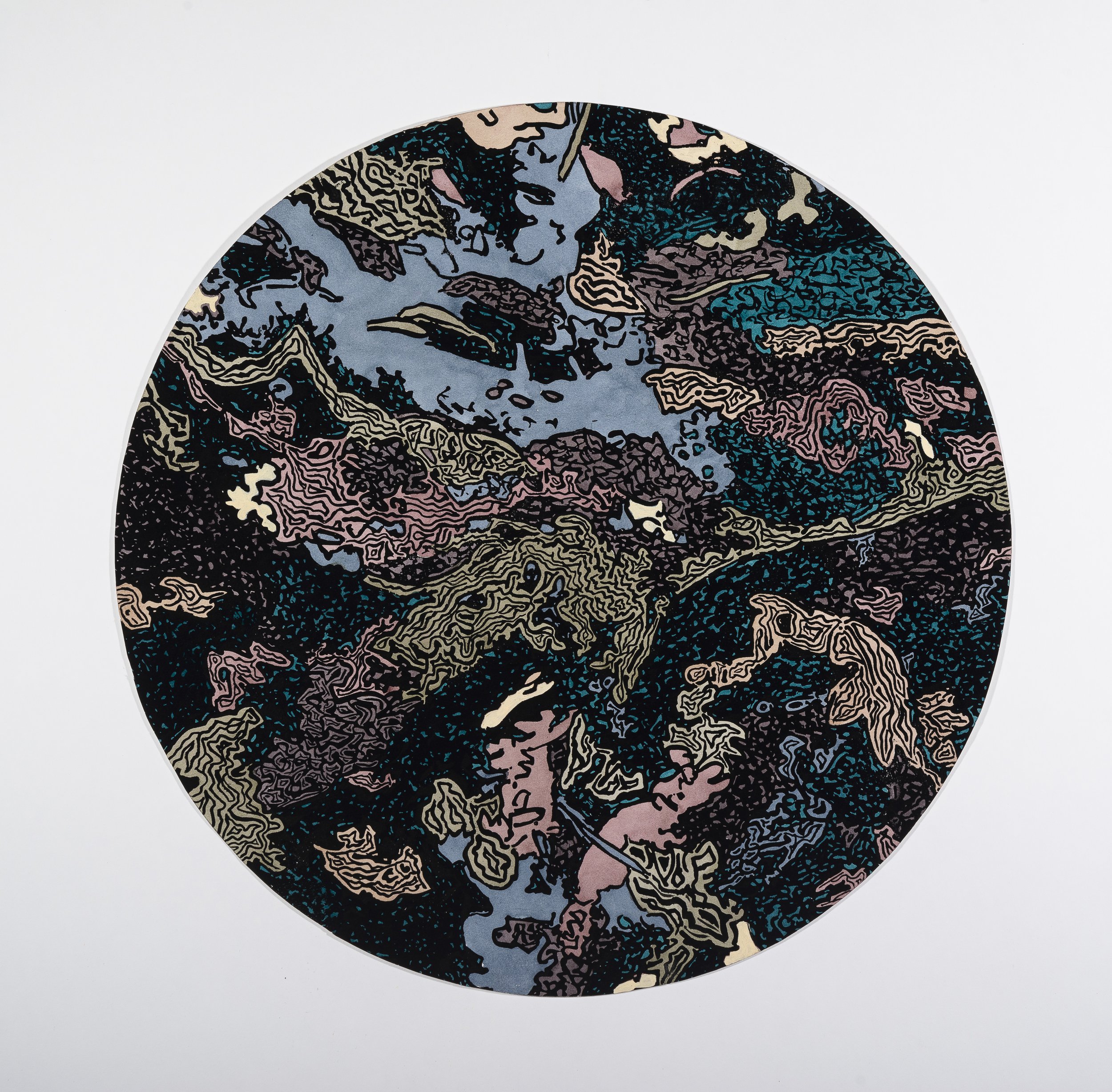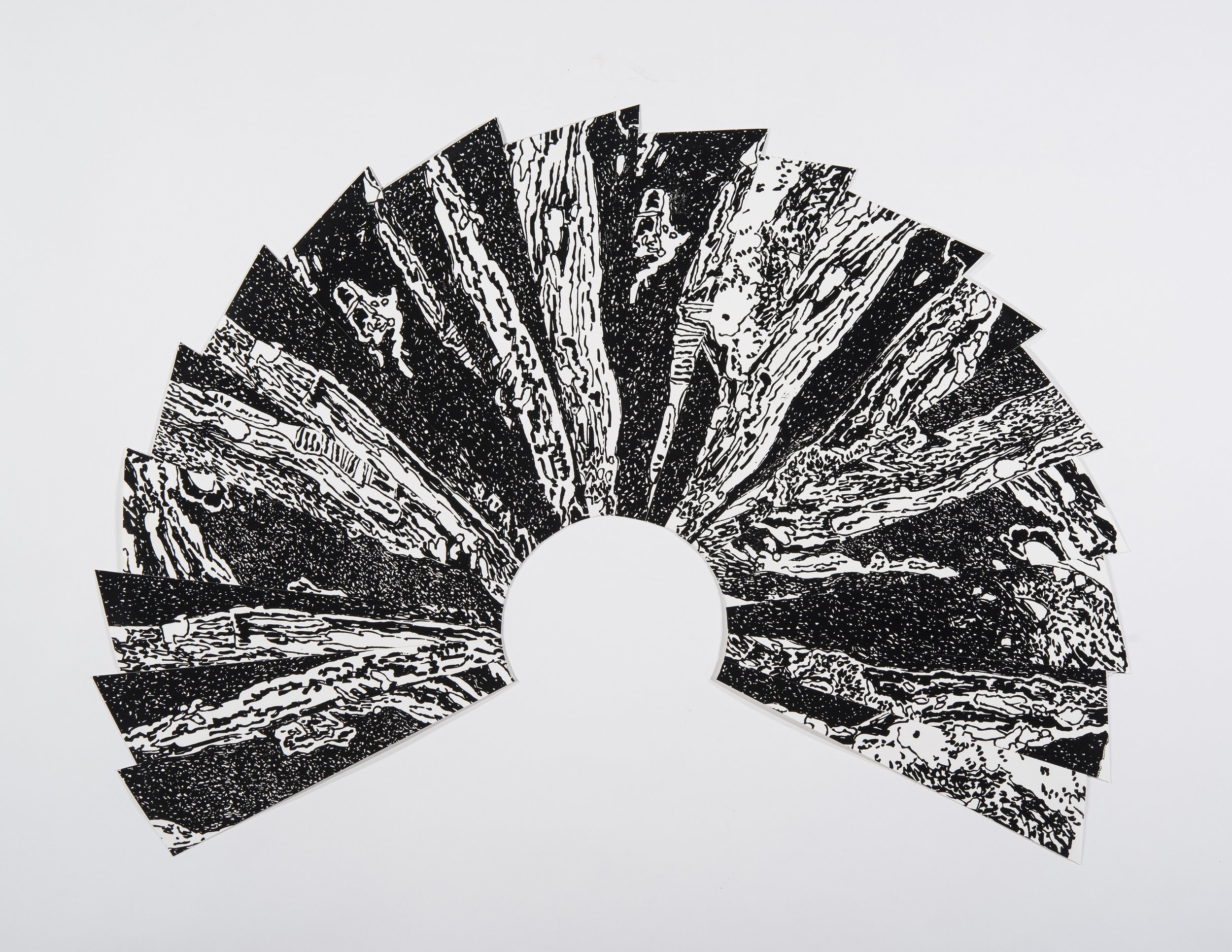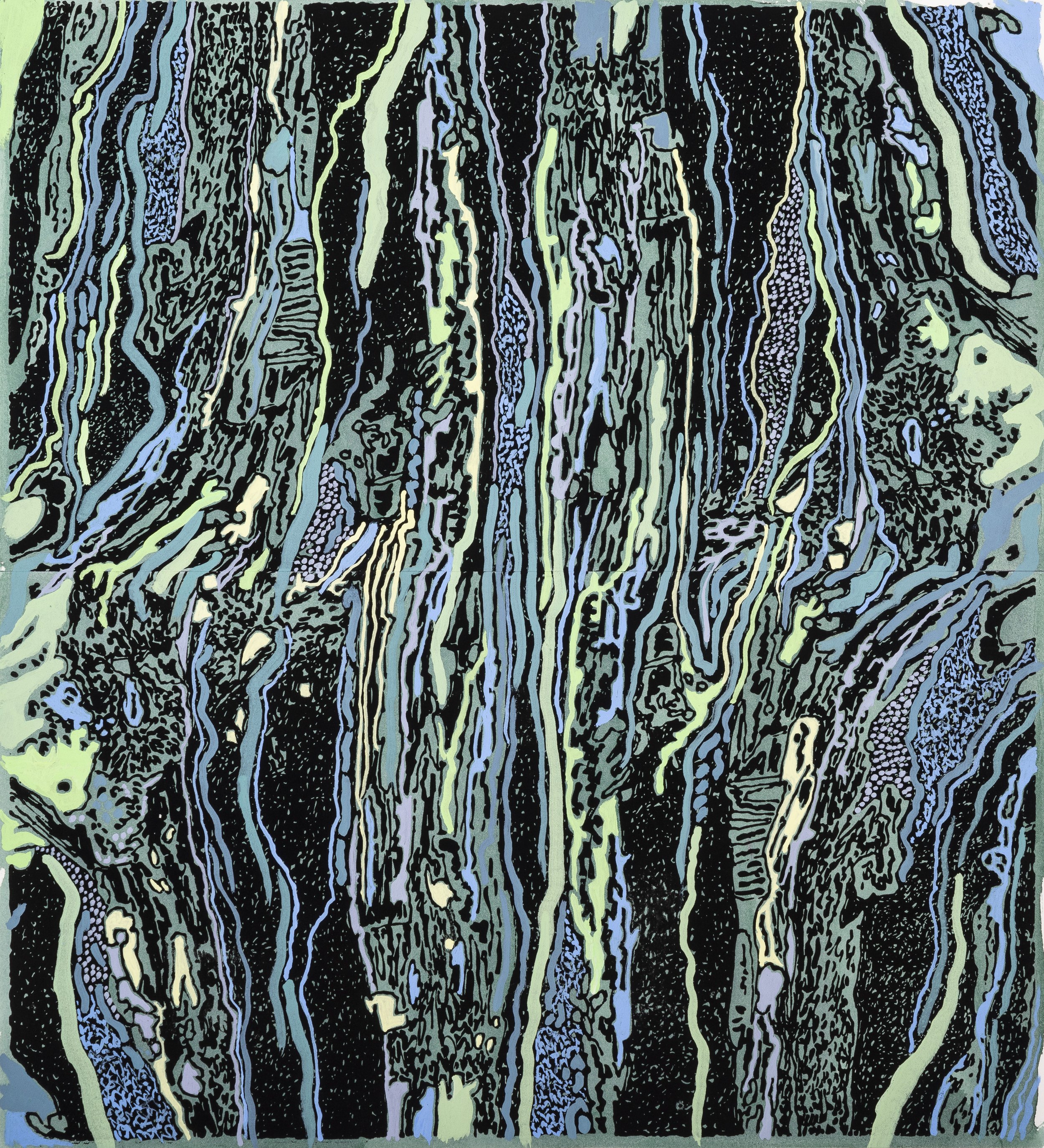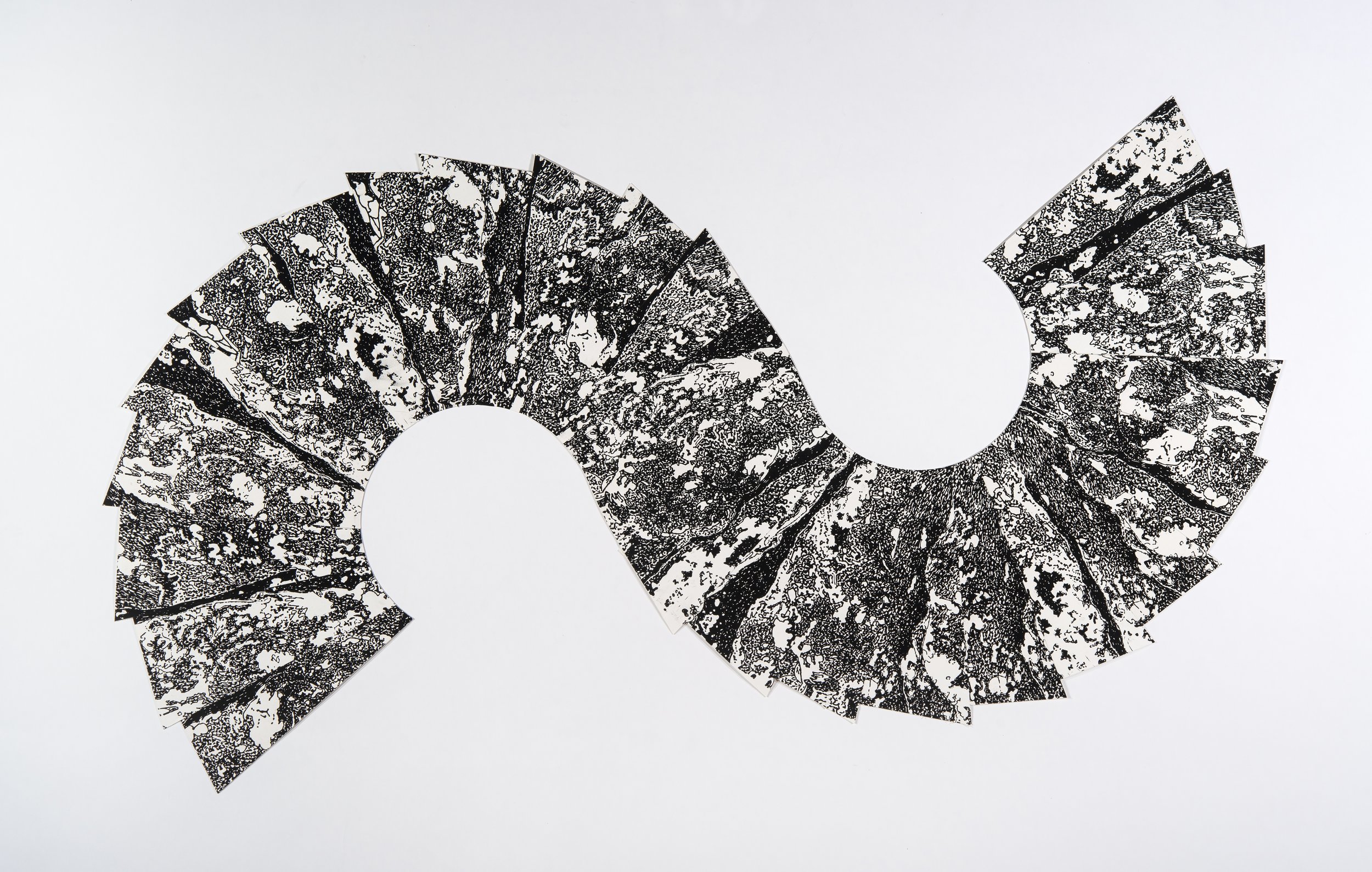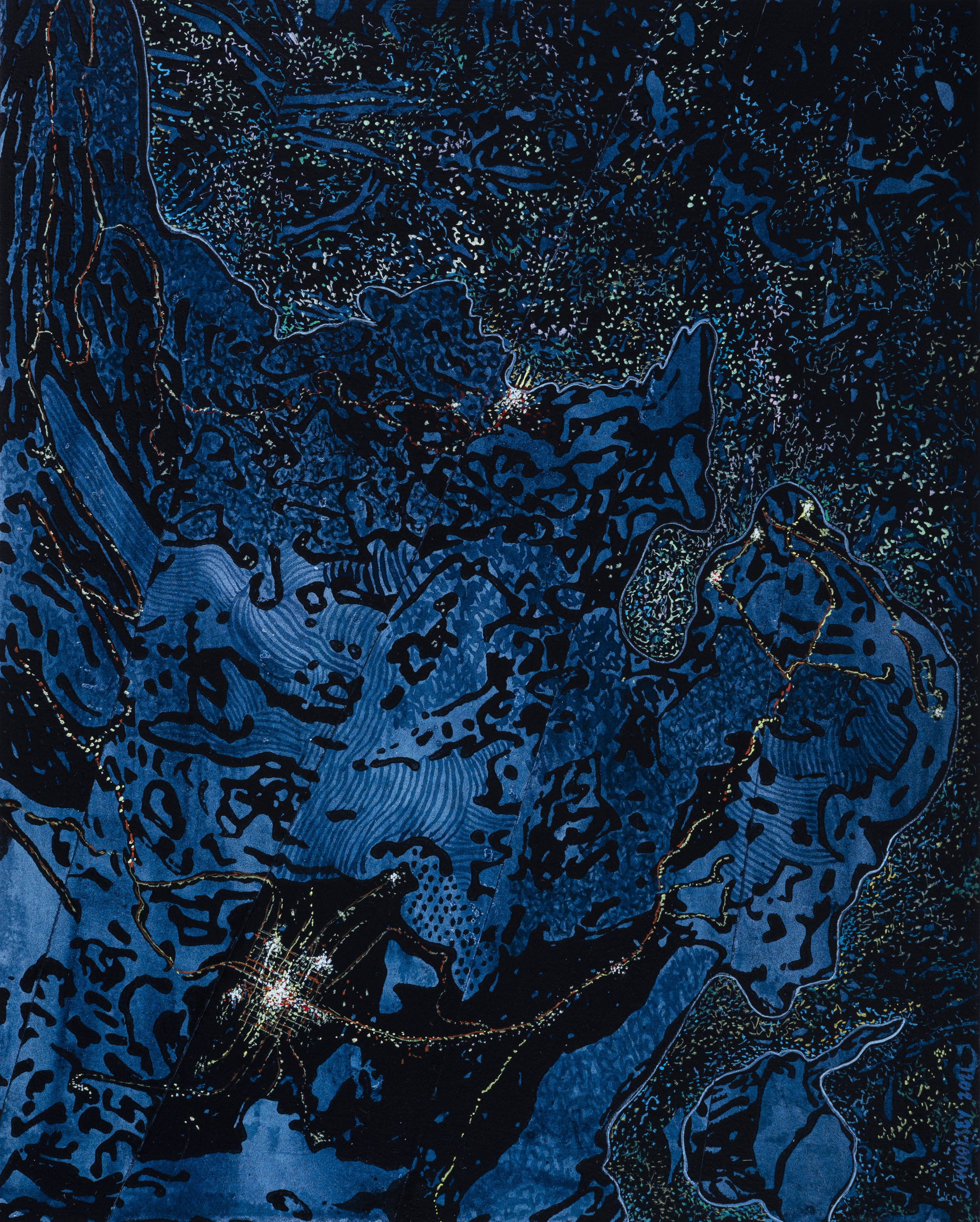ARTIST: JOHN D. WOOLSEY
Art Histories are highly curated presentations of an artists’ life’s work provided for appreciators today, scholars of tomorrow, and generations to come.
John D. Woolsey grew up in southern Wisconsin where he spent much of his time exploring the rich natural world around him. At age thirteen, he started to paint from nature. As a teenager he was an avid bird-watcher and at age 16 had his first job as a scientific artist. His art has explored the natural world sense then, first painting the landscape broadly and then focusing on its myriad details. With the natural world as his subject, his work explores the themes of the scale of time, upheaval, dissolution and renewal.
Woolsey studied art and biology at the University of Wisconsin (BS, Art) and painting and at the University of Pennsylvania (BFA, MFA) where he studied with Neil Welliver, Alex Katz, Elaine de Kooning, Hitoshi Nakazato, James Brooks, Yvonne Jacquette, Rackstraw Downes and others.
He taught at the University of the Arts and the Moore College of Art and Design in Philadelphia. He had a long career as a scientific illustrator and a developer of art programs for many best-selling science texts, science animations, and interactive multimedia in the life sciences.
During his fine-art career, he has had over 20 one-person exhibitions and exhibited in may group shows throughout the US and internationally. His work is represented in many public and private collections.
Woolsey maintains a studio in Philadelphia and has had a summer studio in a small village in coastal Maine for many years.
“Thus, it is both the process of transformation and the multiple scales of time (human, historical, geological) that has been driving my current work forward.”
COLLECTION: SMALL PAINTED FANS
Click on an image to expand
Artist Statement
My work is inspired by a love nature and science, as it has been since I started painting as a teenager. It always begins with a visual experience that grabs me. I never begin with thoughts about societal or philosophical issues. Nevertheless, in looking back over my work of many years a central theme has emerged: the relativity of time.
Time, of course, is universal and everyone experiences time in different ways. Looking back, it is clear that the conscious theme of time started to come into focus during my career as a developer of art programs for science texts. Working closely with the authors — biologists, geologists and astronomers — I became keenly aware of, and interested in, the vast scales of time that inform our experience: light seen from stars millions of light years away, an almost incomprehensible period of time; or the almost instantaneous transduction of photons striking the retina into electrical signals sent to the visual cortex from fleeting flashes of light seen through trees.
For many years, my practice focused on landscape painting in the traditional sense. But viewed retrospectively, my work revealed a fascination in the different scales of time. I painted low-tide landscapes in Maine: a view that was revealed twice a day; I spent several years painting erratic boulders, dropped randomly on the land by glaciers 15,000 years ago, and now sitting in a forest that replaced a farm 100 years ago, gradually being broken down by acids from lichens, and freeze-thaw cycles; I painted canyons in the American west, that revealed layers of sediments laid down over may millions of years, and eroded to then end up as new sediments.
Recently my work has taken a new turn. It began with drawings of ancient trees in Japanese temple gardens with their twisted roots and branches. These drawings have been transformed into woodcuts, then painted, collaged, restructured and otherwise altered to create new works. These works reference changes that happen over time: how landscapes grow and mature, then are broken down and reformed. These pieces have become metaphors of time with motifs of, for example, annual growth rings, sedimentary layers and broken, breccia-like structures.
Thus, my current work examines concepts of breakdown, reordering and renewal. It speaks to multiple scales of time: human, historical and geological.
Artwork © John D. Woolsey, Catalog for Distant Visions, Zillman Art Museum, 2023
CATALOG
Distant Visions
Solo Exhibition 2023
Zillman Art Museum
Collection: RESTRUCTURED WOODCUTS
Click on an image to expand
Collection: PAINTED WOODCUTS
Click on an image to expand
Collection: PAINTED TONDOS
Click on an image to expand
Collection: COLLAGE PAINTINGS ON PANELS
Click on an image to expand
PRESS
The Printmaker's Dilemma: What Do You Do With All Those Multiples?
A YouTube studio visit by Second State Press. Click the video to watch the full segment featuring Woolsey.
Highlights Include:
Distant Visions: John Woolsey
Written by Carl Little
© John D. Woolsey, Lazy S #1 (Mirrored), Restructured woodcut print on BFK rives, 45” x 25.5”, 2021
Heaven and Earth
A Virtual Exhibition catalog featuring work by John D. Woolsey, David Raymond, & John Wissemann
Records of Existence: “Marks and Tracks” at the L.C. Bates Museum
Written by Carl Little
© John D. Woolsey, Sandpit, pastel on paper, 34 x 26 in. (framed), 1983.
Catamaran
Summer 2021 Edition
© John D. Woolsey, Forest Floor #1, 2020, Oil and watercolor on paper mounted of wood panel, 18” x 18”
To acquire artwork from John D. Woolsey’s collection, email info@amiepotsicartadvisory.com.
Click here to download John D. Woolsey’s CV.
To learn more about the artist: www.jwoolsey.format.com.
CREATE HISTORY NOW
Our Art Histories program features highly curated presentations of an artist’s life’s work provided for appreciators today, scholars of tomorrow, and generations to come. Creating your own art history is an important opportunity for artists to shape their own legacy.
By documenting, exhibiting, and publishing their artwork as well as placing works with institutions and collections, we help artists give the gift of creativity now and tomorrow. To learn more about Legacy Planning, contact us directly to schedule a consultation.



